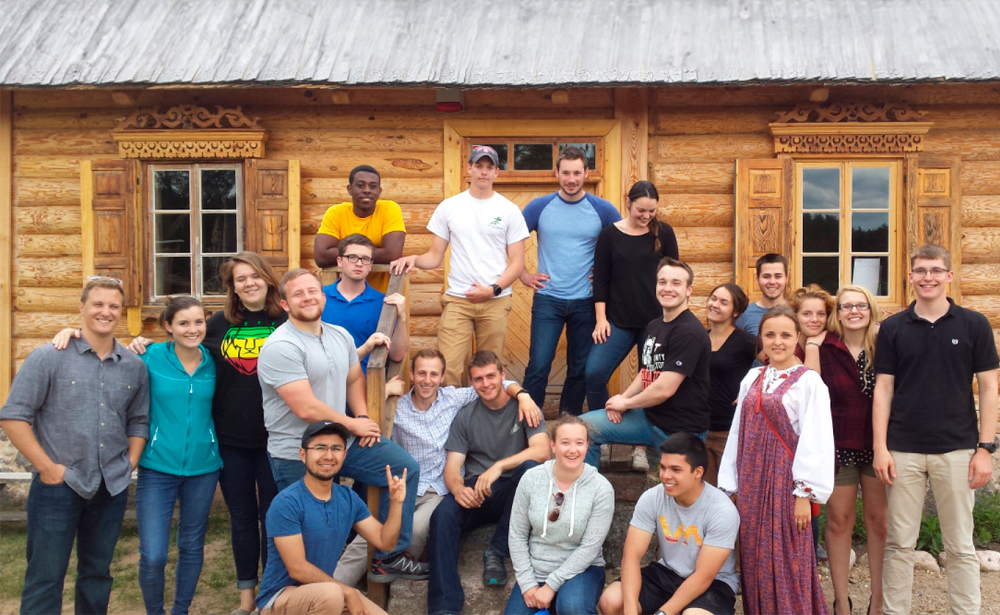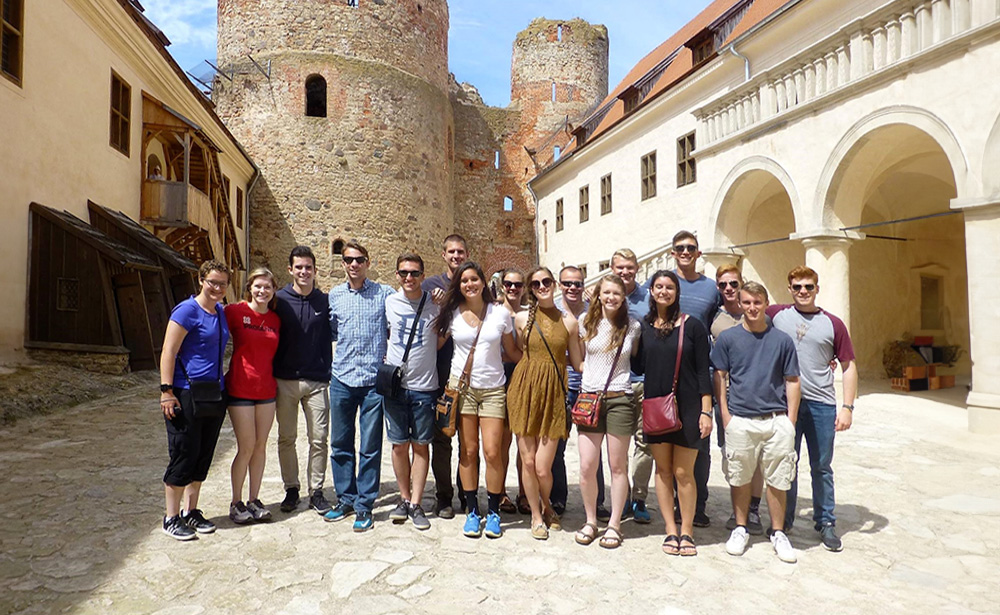Must-See Russian Movies
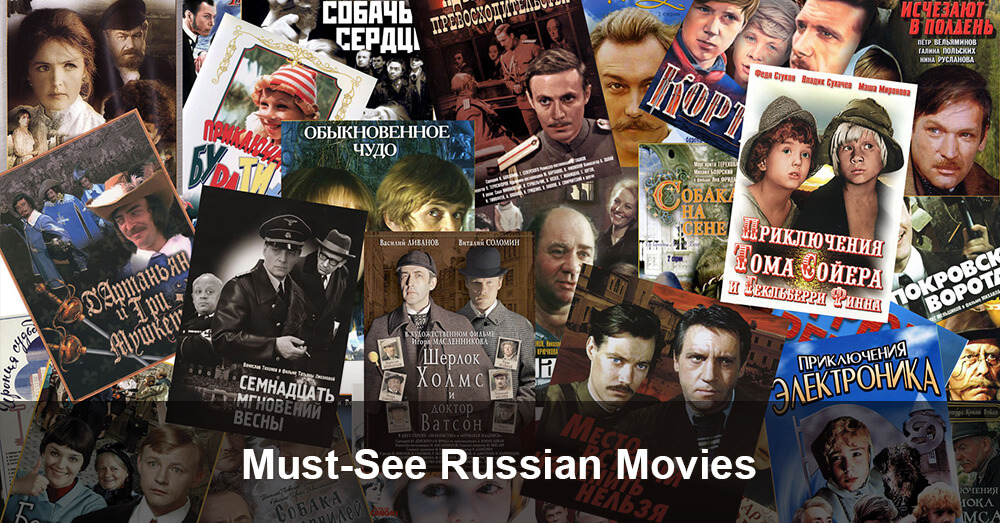
Recently we talked about Russian classical books. We’ve decided to keep telling you about Russian art. Today we’re going to speak about Russian movies every foreigner who visits Russia must see.
“The Diamond Arm”

This popular comedy movie was directed by Leonid Gaidai in 1968, and it was released in July 1969.
The main character of the film Semyon Gorbunkov, who was played by a famous Russian actor Yuri Nikulin, goes on a cruise. On a cruise ship, he meets Gennady Kozodoyev who is a smuggler who wants to smuggle jewels in the cast. Andrei Mironov, a famous Russian actor, played a part of Gennady.
During the cruise, Semyon had an accident. Walking along the streets of a foreign city, he accidentally slipped, fell down, and exclaimed, “Damn it!”. At this moment, the smugglers upon hearing the password “Damn it!” ran up to him, and while Semyon is unconscious, they put a cast on his arm and hide gold and diamonds under it. But it should have been Gennady not Semyon! So, when the smugglers find out, they chase Semyon as they want to get back the jewels which Semyon has brought back home.
“The Irony of Fate, or Enjoy Your Bath!”
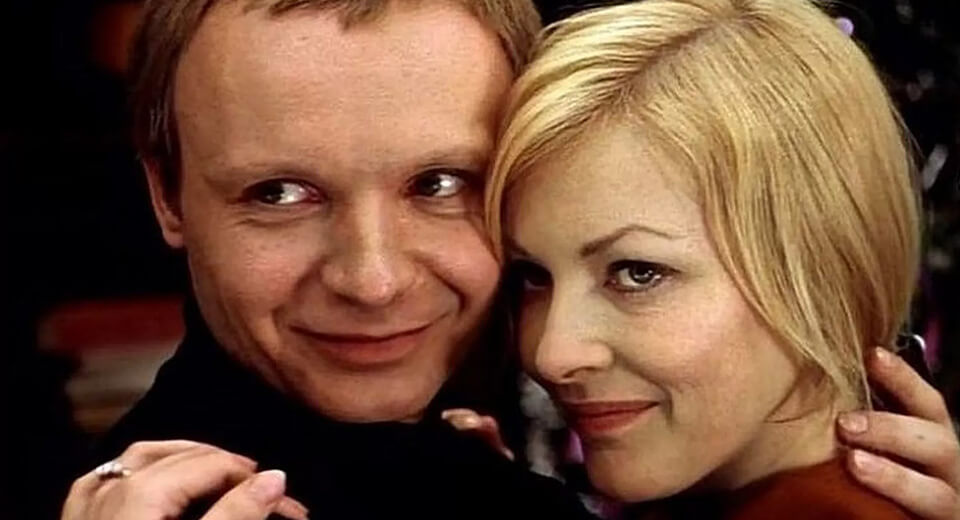
A comedy “The Irony of Fate, or Enjoy Your Bath!” was directed by Eldar Ryazanov in 1975. The film was released in the USSR in 1976, and the same year it was nominated the best film of the year.
The main characters of the movie live in different cities, but thanks to mystical circumstances their lives intersect. On December the 31st, a group of friends go to banya. They drink at banya, and one of the friends flies to Leningrad by mistake. When he arrives in Leningrad, he takes a taxi and goes home on the 3rd Builders Street. He opens the door and goes to sleep. He would have slept through the whole New Year’s night, but a young woman gets into the apartment and begins to wake him, pours water from the kettle on him, and drags him on the floor. That’s the beginning of Yevgeni Mihailovich Lukashin’s adventures on the New Year’s night.
“Operation ‘Y’ & Other Shurik’s Adventures”
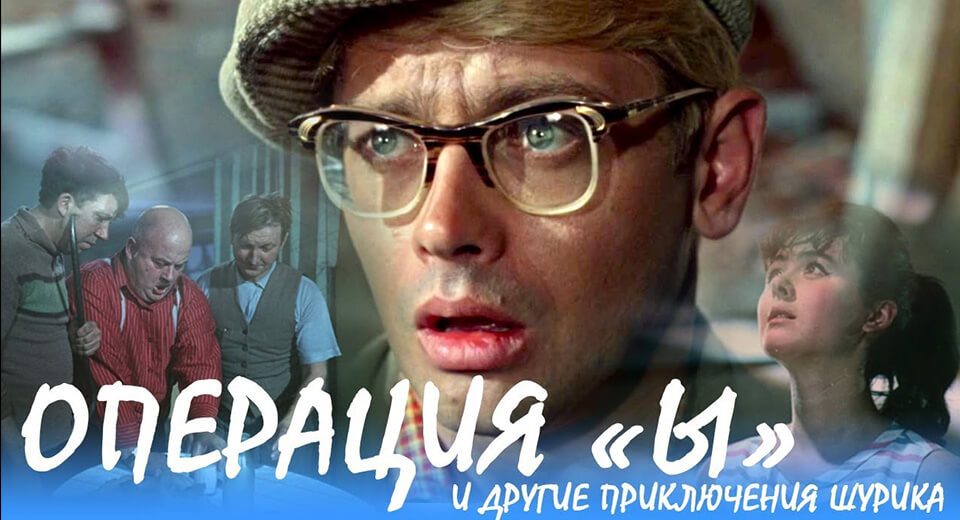
A popular Soviet comedy “Operation ‘Y’ & Other Shurik’s Adventures” was directed by Leonid Gaidai in 1965. The film became the leader of the Soviet film distribution and was a huge success with the audience, and also received many awards, including the main prize – “Silver dragon Wawel”.
The film consists of three independent parts “Workmate”, “Deja vu”, and “Operation “Y””. In each part the main character Shurik, a student of the Polytechnic Institute, encounters various adventures. A famous Soviet Russian actor Alexander Demyanenko played part of Shurik. He also played in other Leonid Gaidai’s films.
“Love and Dove”

“Love and Dove” is a lyrical comedy directed by a Russian director Vladimir Menshov in 1984.
The film is about the life of a village family. The protagonist of the film – the head of the family Vasily Kuzyakin lives in a lost forest village with his wife and three children. Vasily has one hobby – breeding pigeons, which he invests all his efforts and life. However, his wife doesn’t support Vasily’s hobby.
Once Vasily gets injured at his work place, and the trade union sends him to the sanatorium so Vasily could improve his health. At the sanatorium, he meets Raisa, who works in the Personnel Department of the timber factory where Vasily works. The vacation spent together turns into a holiday romance, and the main character abandons his family, but later realizes that he has made a mistake.
“The Girls”

A Soviet comedy film “The Girls” was directed by Yuri Chulyukin in 1961. The film was released in 1962 and it immediately was awarded lot of prizes.
A young girl called Tosya graduates from Simferopol college and arrives in a logging camp in Siberia to work as a cook. Ilya works as a logger. He falls in love with Tosya and wants to attract her attention. But she doesn’t believe him. So, Ilya has a task to deserve her trust and love.
This was the list of Russian movies. Russian movies are a great way to get to understand Russian culture and Russian people. Have you ever seen any of these movies? You can leave your comments below.
You may be interested
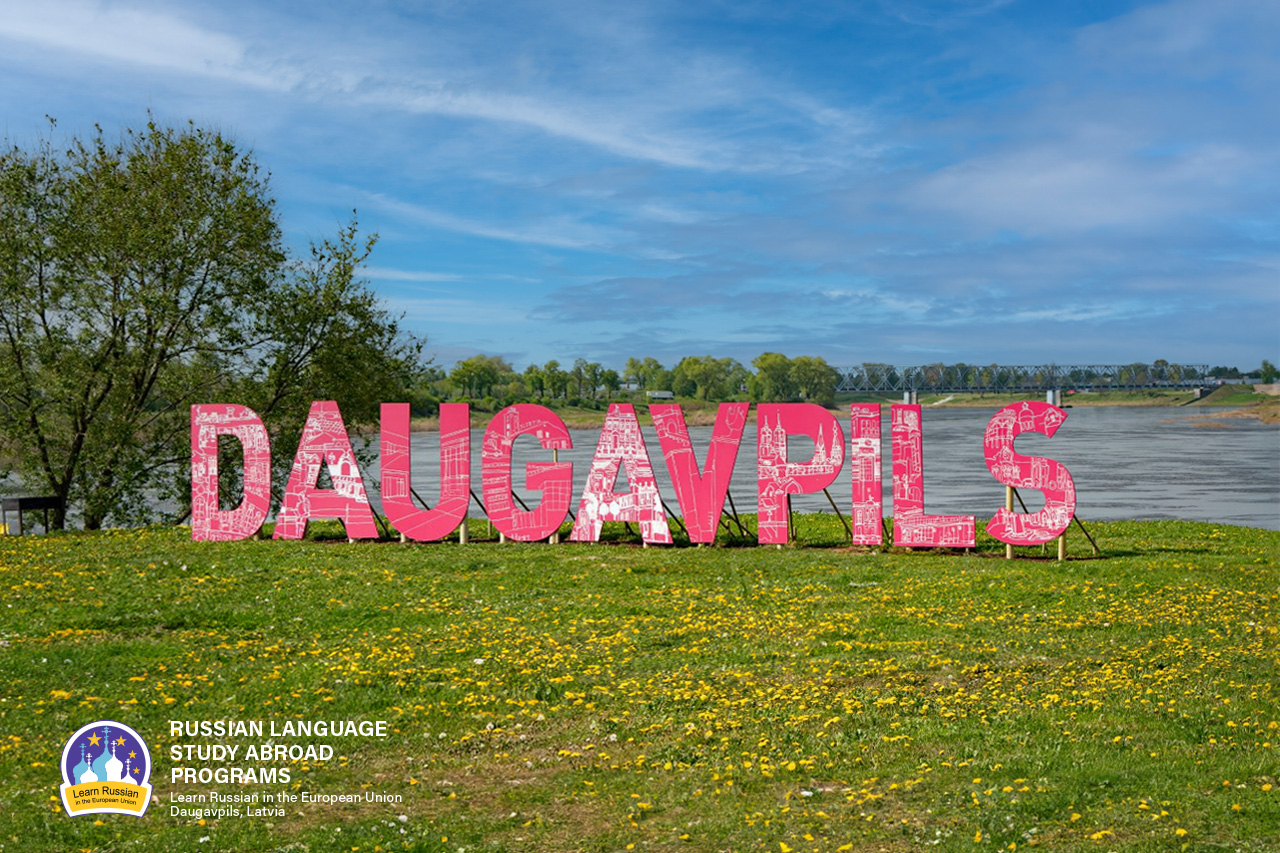
Why do people speak Russian in Daugavpils?
As it seems to us, Daugavpils is the best place to learn Russian now, because our city is situated in the EU and NATO, but at the same time 90% of the city’s population speak Russian at home.
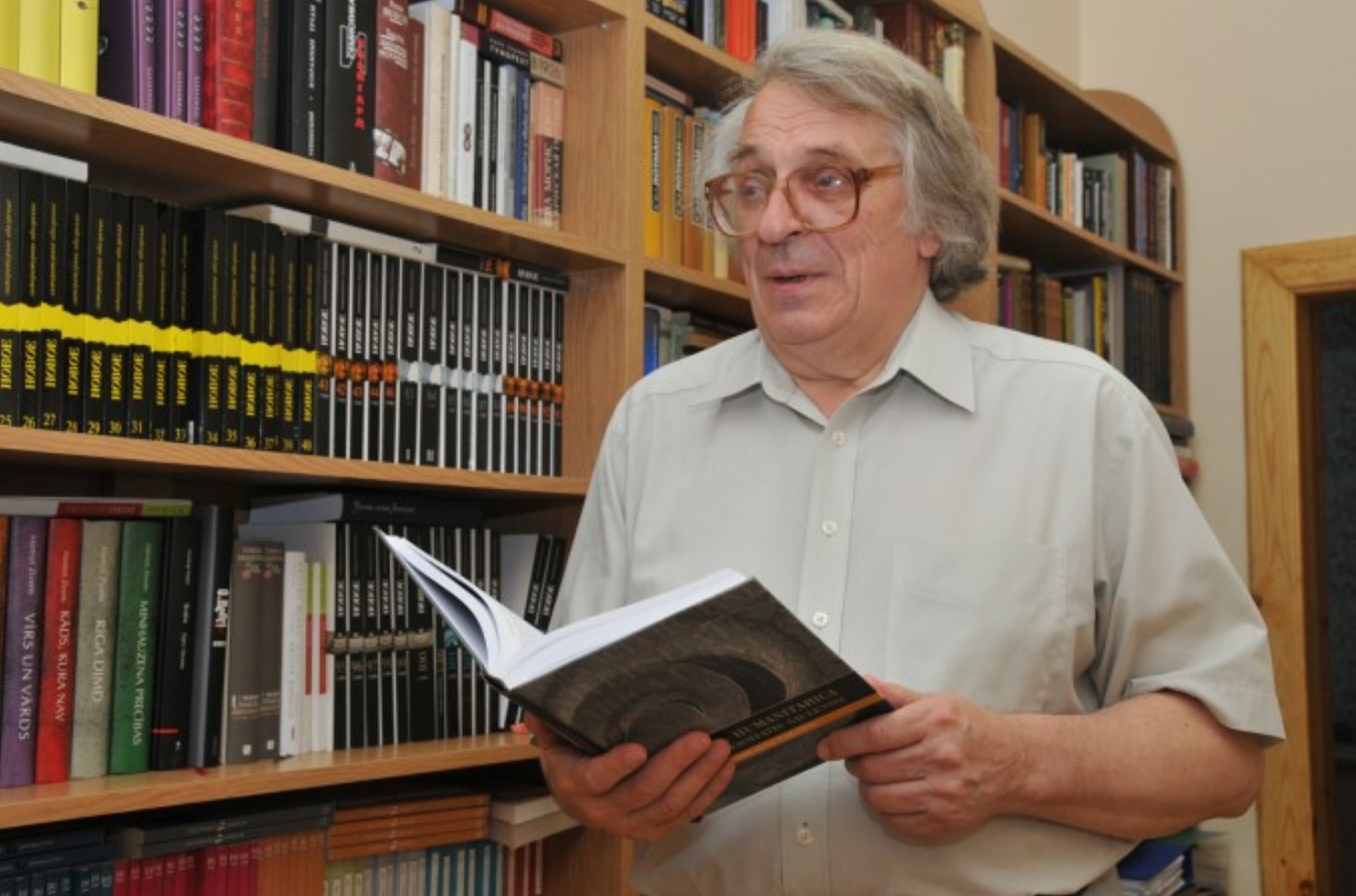
ЭТЮД О ДВИНСКЕ
Etude on Dvinsk by F.Fedorov
The Baltic region is one of the most catastrophe prone regions of the 2nd millennium, especially its second part; it is the centre of attraction of ‘geopolitical’ interests of the European world. Probably the most tragic fate has befallen to the eastern part of the present Latvia and its multi-titled town of Dinaburg – Dvinsk – Daugavpils. During its 730 years long history, the town went through five rather autonomous periods of development, five different lives (German, Polish, Russian, Latvian, Soviet), and at the beginning of the 1990s it entered into the 6th period.
The history of Dinaburg – Dvinsk – Daugavpils is the history of five attempts by the town to begin its life anew; and this is determined not only by the fact that the town was four times burned down and had to start life from scratch, but first and foremost because each of these periods was characterized by a total change of ethnos and the socio-cultural field.
The present article deals with the cultural space of the town in one of the most efficient periods of its development – from the 1860s till World War I.






